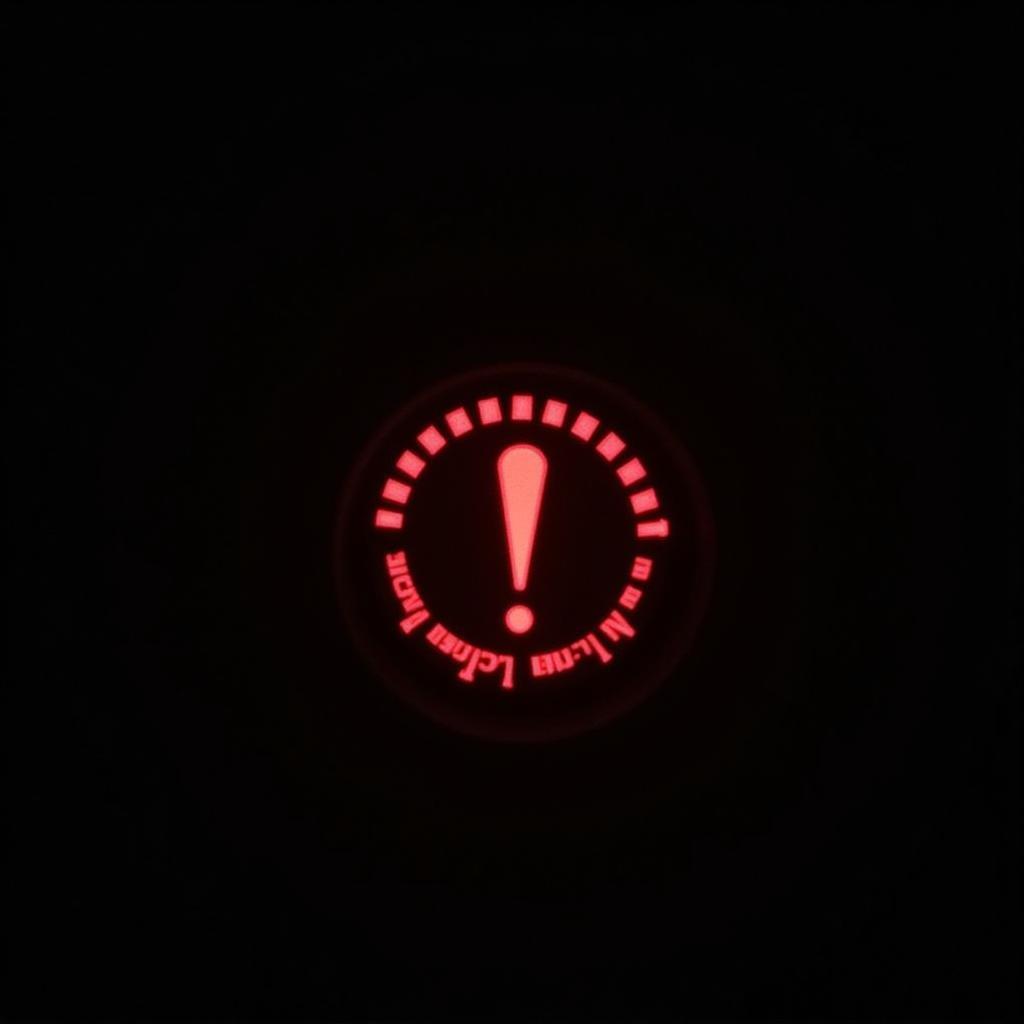The persistent seat belt warning chime in your 2013 Jeep Wrangler is a safety feature designed to encourage seat belt use. However, it can become an annoyance, especially if you’re working on your Jeep or need to move it a short distance without fastening the belt. While we always prioritize safety and recommend wearing your seat belt at all times, we understand there are situations where you may need to temporarily disable the warning.
Understanding the Seat Belt Warning System in Your Jeep Wrangler
Your Jeep Wrangler uses a combination of sensors and software to detect whether the seat belts are fastened. When the ignition is on and the seat belt is unbuckled, the system triggers an audible chime and a visual warning on the dashboard.
Common Reasons for Seat Belt Warning Light Activation
Before we delve into the methods to address the seat belt warning, it’s essential to identify why the light is on in the first place.
- Unbuckled Seat Belt: This is the most obvious reason. Ensure the seat belt is properly fastened and the buckle is securely latched.
- Faulty Seat Belt Buckle Sensor: The sensor within the buckle assembly might be malfunctioning, sending an incorrect signal to the vehicle’s computer.
- Wiring Issue: A loose or damaged wire in the seat belt system can disrupt the signal transmission, leading to a false warning.
- Software Glitch: Like any computer system, your Jeep’s software can sometimes experience minor glitches that affect the seat belt warning system.
Methods to Remove the Seat Belt Warning
There are a few ways to address a persistent seat belt warning. Here are the most common methods:
1. Check for Simple Solutions First
- Fasten the Seat Belt: It seems obvious, but ensure the seat belt is correctly fastened, and there is no obstruction preventing it from latching properly.
- Inspect the Buckle: Check the buckle for any debris or damage that might interfere with the sensor.
- Restart Your Jeep: Sometimes, a simple restart can resolve temporary software glitches.
2. Using a Seat Belt Buckle Extender
[Important Note: Seat belt buckle extenders should never be used to bypass the seat belt system while driving. They are designed for specific situations and using them improperly can compromise your safety.]
A seat belt buckle extender can be a temporary solution in certain circumstances, such as:
- Carrying Large Items: If you’re transporting something bulky that needs to be secured in the passenger seat, a buckle extender can provide the extra length needed.
- Using Aftermarket Seats: If you’ve replaced your Jeep’s original seats, the new seats might not be compatible with the existing seat belt system.
How to Use a Buckle Extender:
- Insert the metal tab of the extender into the seat belt buckle receptacle.
- Ensure the extender is securely fastened.
- Fasten the seat belt into the buckle extender’s receptacle.
3. Consulting a Qualified Automotive Technician
If the above steps don’t resolve the issue, it’s advisable to consult a qualified automotive technician specializing in Jeep vehicles. They have the expertise and diagnostic tools to:
- Diagnose Sensor Issues: They can pinpoint if a faulty seat belt buckle sensor or wiring issue is causing the warning light.
- Perform Software Updates: Technicians can check for and install any necessary software updates for your Jeep’s system.
“It’s important to address any potential safety concerns promptly,” says Jason Carter, a certified automotive technician with over 15 years of experience working on Jeep vehicles. “Ignoring a persistent seat belt warning could mask an underlying issue that needs attention.”
Conclusion
While the seat belt warning in your 2013 Jeep Wrangler is a crucial safety feature, there are legitimate reasons why you might need to address a persistent chime or warning light. Remember to prioritize safety by always wearing your seat belt while driving, and consult a professional for any concerns regarding your Jeep’s safety systems.


